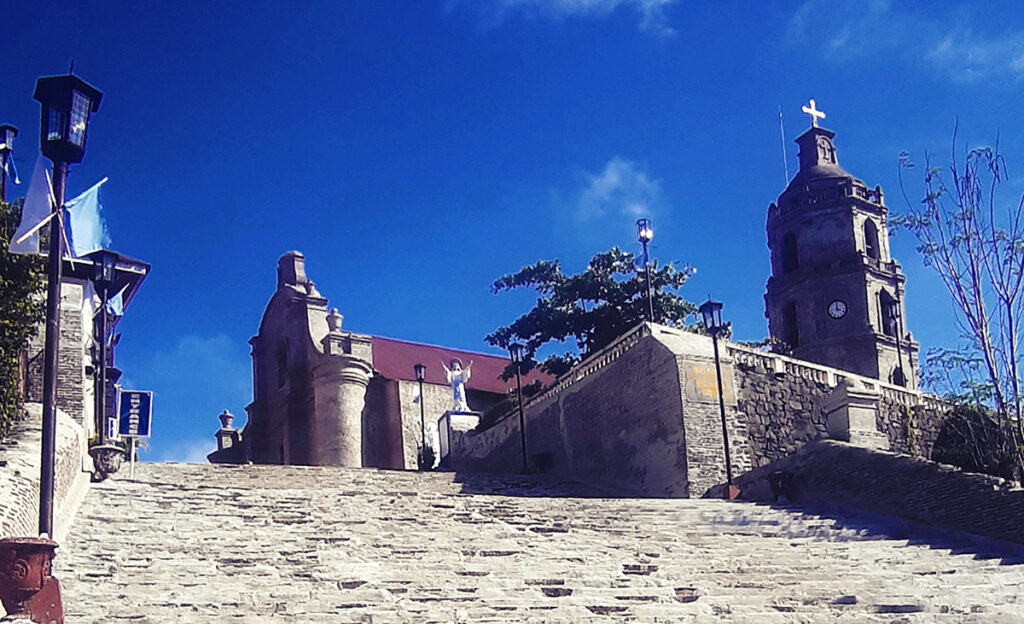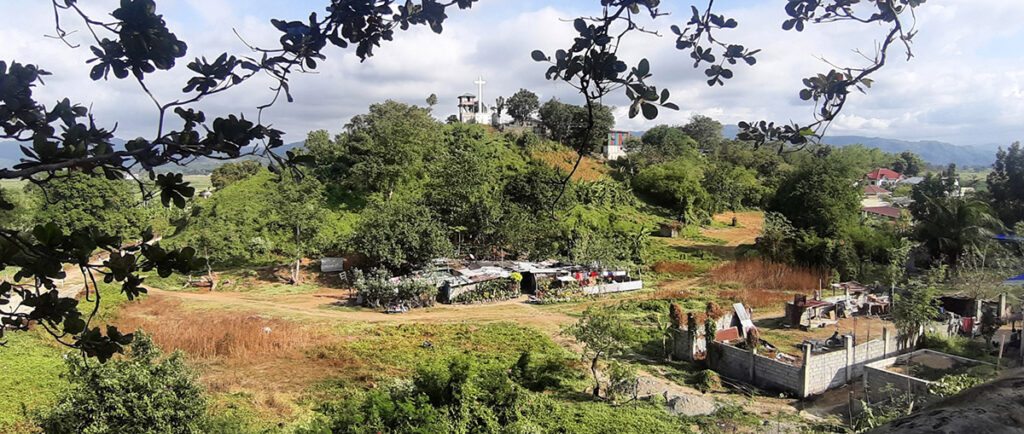It is amazing how Filipinos were able to apply their limited knowledge in engineering to appropriately respond to natural disasters as early as the 17th century and applied it to major structures like churches.
In history, there are only four Baroque colonial churches built between the 16th and 18th centuries recognized by the United Nations Educational, Scientific and Cultural Organization (UNESCO) in the Philippines in December 1993. These are the San Agustin Church in Manila; Miagao Church in Ilo-Ilo; Paoay Church in Ilocos Norte; and Santa Maria Church in Ilocos Sur.
All four churches made use of buttresses, an architectural structure or brick built against a wall, hence, the name “Earthquake Baroque,” which is endemic in the Philippines. Buttresses are supporting members of a structure that projects from a wall to act against lateral forces.
The Baroque churches of the Philippines are the local interpretation of their European versions based on the raw materials available then and the skill level of both Chinese and Filipino craftsmen.

The main features of Baroque architecture are the use of drama, curvaceous elements, vividly painted ceilings that evoke pomp and grandness. The best example of a Baroque Church is Havana Cathedral in Cuba as it is made out of coral stone and marine fossils on the facade itself.
Havana Cathedral has an impressive facade that boasts doric columns, flying arches, concave niches topped with classical pediments, and its asymmetrical bell towers that make it more dramatic.
Miagao Church in Ilo-Ilo
In the Philippines, the most Baroque-looking facade is the Miagao Church with its massive asymmetrical bell towers, bas relief depicting the life of the community with St. Christopher beside the huge coconut tree, which signifies the tree of life.
Notable as well is the ochre color of the exterior of the church due to the use of adobe, coral, limestone mixed with egg.
San Agustin Church in Manila
San Agustin Church, on the other hand, stayed faithful to Baroque design for its interior. It is located in the historic walled city, Intramuros, Manila.
The church has a three-dimensional painted ceiling, the well-cared-for pulpit in a complex design, and unforgettable and intricately carved wooden entrance doors.
Paoay Church in Ilocos Norte
Completed in 1710, the Paoay Church is popular for its distinct architecture highlighted by the enormous buttresses on the sides and back of the building.
The buttresses in Paoay Church project from either side following the shape of the facade giving the illusion that the facade was replicated multiple times.
Santa Maria Church in Ilocos Sur
The Santa Maria Church, located between the sea and mountain range of Central Luzon, is the least Baroque-looking church because its brick facade is considered uncomplicated as compared to Miagao Church.
The church is stripped of any ornamentation except for the giant bas relief of Our Lady of the Assumption on its right side facing the building. This church, unlike its contemporaries, is situated on top of a hill, citadel style.
To access the complex from the streets below, there is a wide staircase made out of irregular stones and bricks reminiscent of the Spanish Steps in Rome with The Fontana della Barcaccia (Fountain of the Boat) at the bottom of the steps designed in the Baroque style.
The local version of the steps is also similar but not as grand as the Ruins of St. Paul’s in Macau wherein the remaining church facade on top of the steps is clearly Baroque as the Church of St. Paul was constructed in the 17th century.

Another uncommon feature of the structure is its bell tower which is not parallel to its facade like the others but was set a few meters back. The construction of the present structure started in 1765 and the bell tower was built in 1810 together with the church’s renovation and right across it is the Convent.
In 1973, the National Historical Institute declared Santa Maria Church as a National Historical landmark and it was also declared one of the National Cultural Treasures of the Philippines in 2015 by the National Museum.
